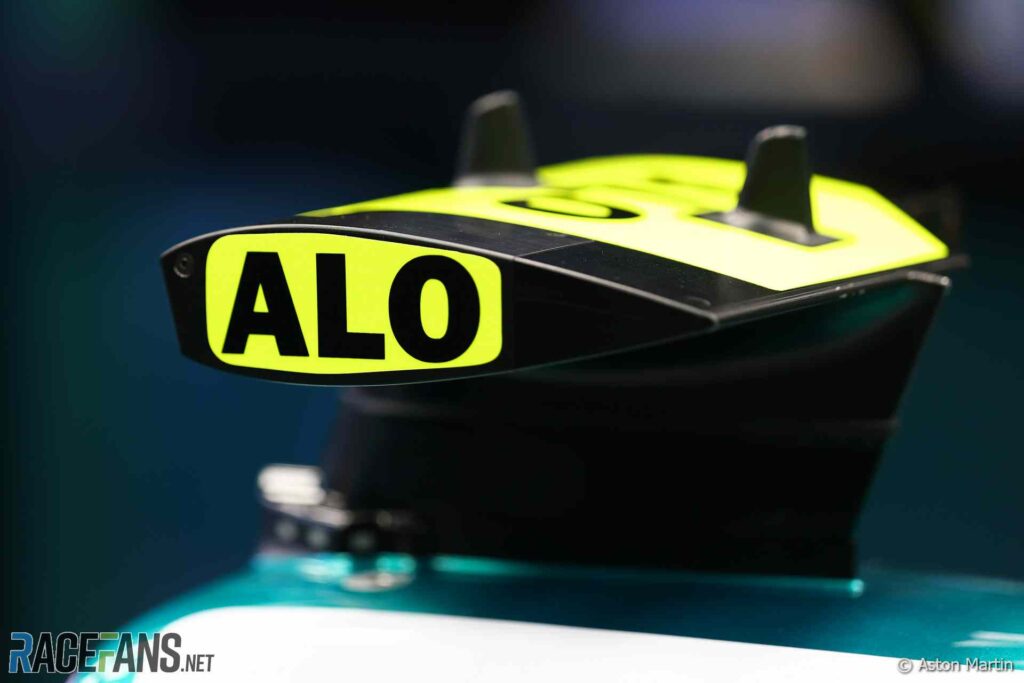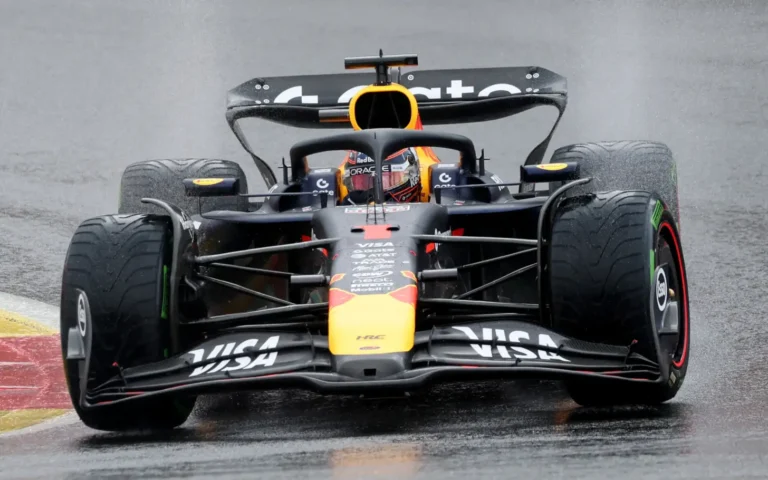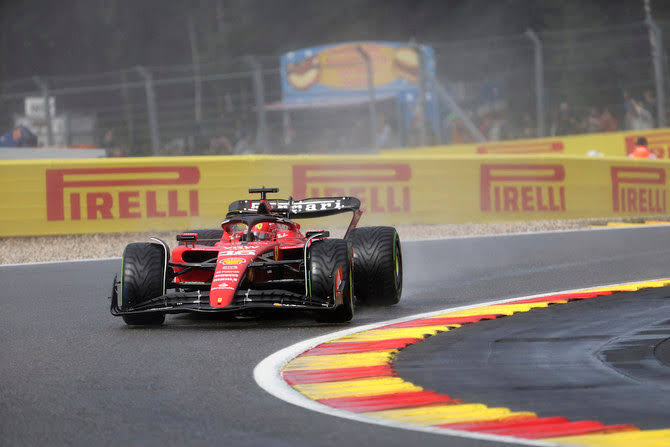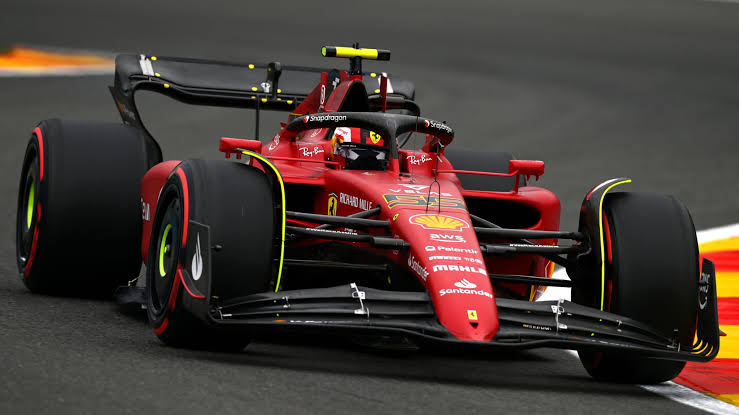
At the 2025 Belgian Grand Prix, Formula 1 will trial a new method for identifying drivers more clearly during races. This test involves displaying the drivers’ three-letter abbreviations—commonly seen on timing screens—on the onboard T-bar cameras mounted above each car’s roll hoop. The initiative is a joint effort by the FIA and Formula One Management, aimed at enhancing visibility and recognition of individual drivers for fans watching both at the track and on television.
This move follows previous attempts by F1 to improve driver identification. Back in 2017, shortly after Liberty Media acquired the sport, regulations were updated to require larger car numbers and driver abbreviations to be visible. While the number size rule remained, the acronym display was later abandoned, though some teams like Force India kept using it throughout the season. Other ideas, such as digital displays on the camera pods to indicate tire types or fastest laps, were tested but never formally adopted.
Under current rules, F1 teams must already ensure that the two cars from the same team are distinguishable, typically through onboard camera colors—one being standard and the other a fluorescent yellow. Additionally, the driver’s name must be legibly shown on the car’s bodywork, and the car manufacturer’s name or logo should appear prominently on the front. These steps aim to help fans and officials easily differentiate between cars and drivers during races.
Despite these efforts, many fans and commentators argue that the existing measures are insufficient. Comments from the F1 community suggest that tiny lettering on T-bar cameras won’t significantly aid recognition, especially for spectators in the stands or casual viewers on TV. Several fans called for a return to large car numbers on the engine cover and nose, as well as clearer, standardized number placement—something already done effectively in other racing series like touring cars and rallying.
The broader debate among fans reflects a desire for more intuitive and visible driver identification, especially as modern car designs and helmet similarities make visual recognition harder. While some rely on T-bar colors or helmet designs, others believe numbers or driver names should be much more prominent. Whether the new T-bar branding will resolve these concerns remains to be seen, but it marks another step in F1’s ongoing push to make the sport more accessible and engaging to its audience.




